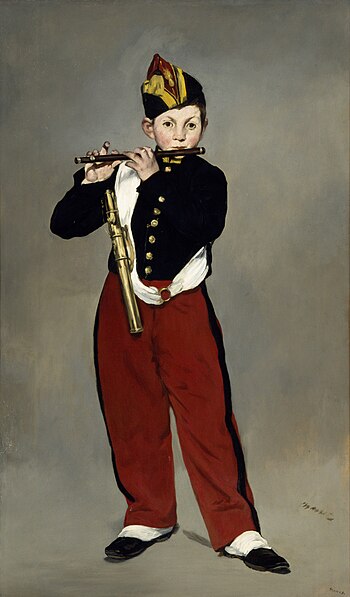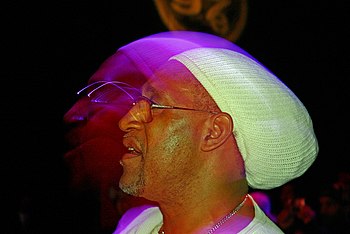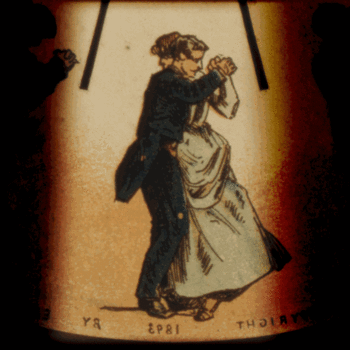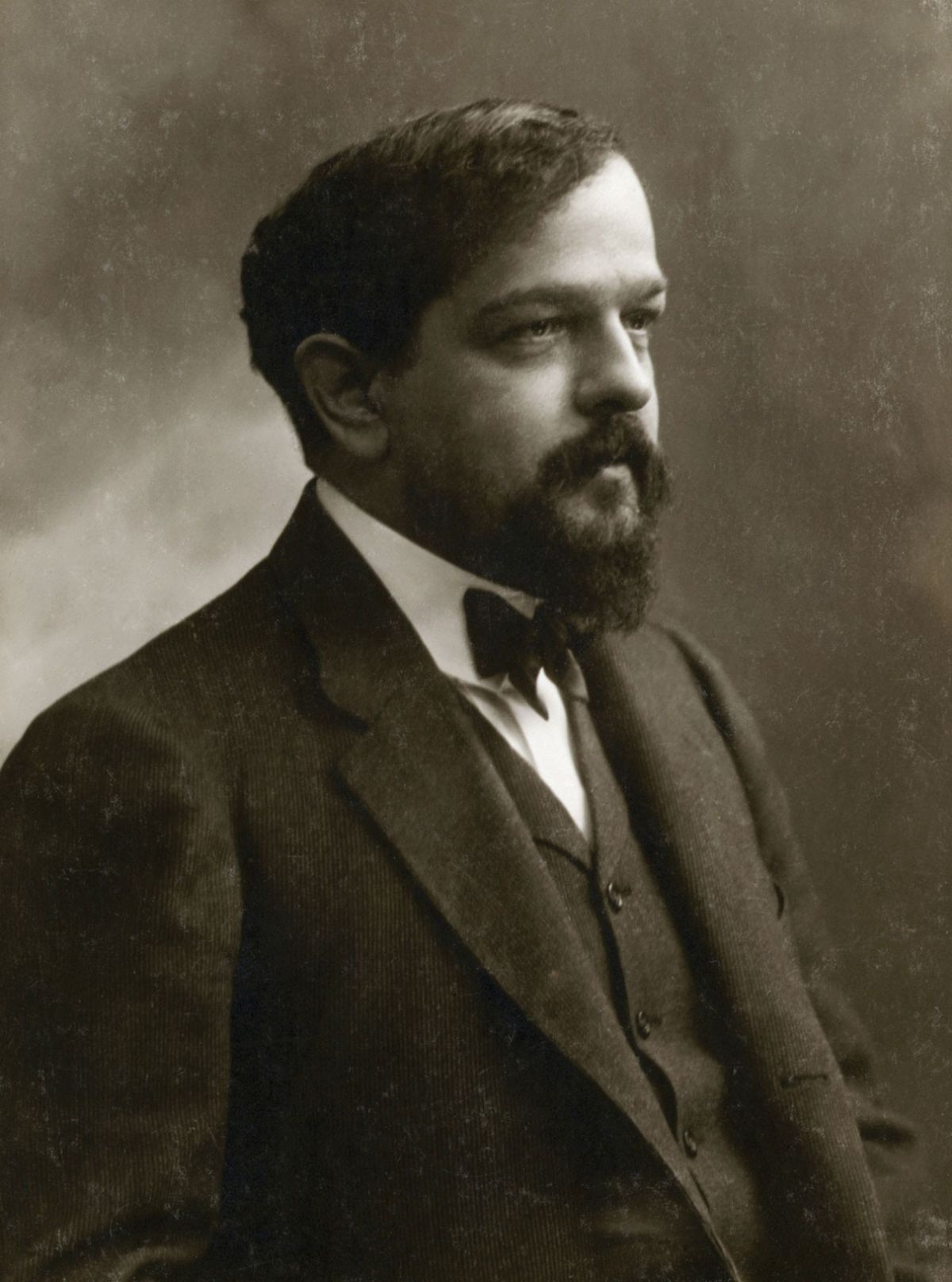 |
| Mozart in 1777, the year of the concerto. (Photo credit: Wikipedia) |
We all know that Mozart was an amazing pianist and composer who started his work at a very tender young age. Most of us also know that the Mozart sonata is a very important piece of musical history. However, do you know very much about these pieces? For example, did you know that these were not all pieces that he wrote specifically to play as a performer but also pieces that he wrote for the purpose of teaching his work to others? Taken as a whole, the sonatas represent a lifetime of creative work from one of the most amazing musical geniuses to have ever lived.
For those who don't know much about Mozart, what you really need to know is that he was a genius and a prodigy. He was a classical composer from the late eighteenth century who played both violin and piano. He began composing music at an age when most children are barely about to enter kindergarten. Although he died young (at the age of 35) his early start allowed him to have a lengthy career. The music that he composed throughout this career is a testament to the talent that this man held within him.
 |
| Sonate pour piano nº 6 de Mozart, « 'Durnitz' », dans Wolfgang Amadeus Mozarts Werke (1878) (Photo credit: Wikipedia) |
The most famous thing that Mozart wrote was the Mozart sonata. This is not a single piece of composition. Instead it is a series of works known as sonatas that are each numbered sequentially. What we can hear when we listen to them is that he developed his musical abilities throughout his brief lifetime, always bringing new twists and turns to the work. Some of them are simple, light and airy whereas others are dark, dramatic and difficult to play. The circumstances that Mozart was experiencing as he went through his life are played out in the different styles that he composed within the pieces.
The majority of the reason that Mozart composed his work was because he wanted to perform it. He started performing music at a very young age and was proficient at playing multiple instruments. The music that he created was his art. The purpose of creating it was to find self-expression and then to share that expression with others by playing it on his own musical instruments. He created his music because it was his passion and his life's work to do so. He created it in order to play it. And one can assume that he was driven by an inner need to create this art; he would have probably created it even if no one would listen to it but himself.
However, the Mozart sonata was not only created so that Mozart could perform his art for others. He was also someone who was interested in teaching musical skills to other people who were interested in learning it. There are some that he wrote for the express purpose of using them as teaching tools. It takes different skills to compose a classical masterpiece than it does to compose a piece that you can use to teach music to someone. That he was able to do this so successfully says even more about Mozart's genius than does the fact that he started composing at such a young age.
The Mozart sonata is an important piece of work for a number of different reasons. It shows how much can be done with one type of musical form. The series of sonatas can be viewed together to show us the ups and downs in Mozart's personal and professional lives. And students can use the pieces individually to learn how to play the violin or piano with much of the same skill that Mozart had himself. No other body of work says as much about the artist and still provides so much function to others as do the Mozart pieces.
Andy West is a writer on a variety of topics, including music. Mozart was one of the greatest composer's that has ever lived, and he has left us with a large library of unforgettable pieces, including the Mozart sonata. Article Source: EzineArticles |

















